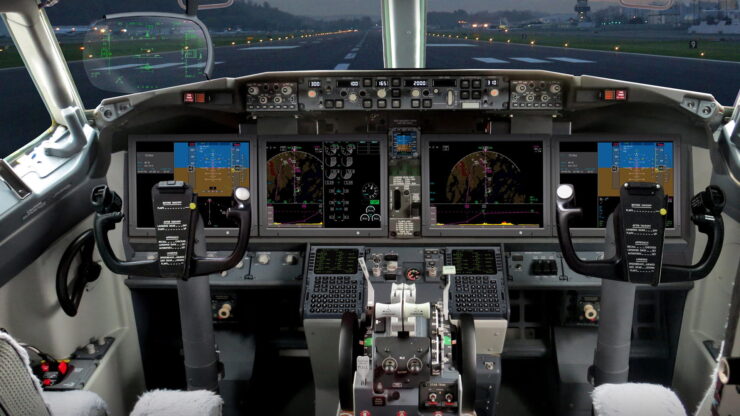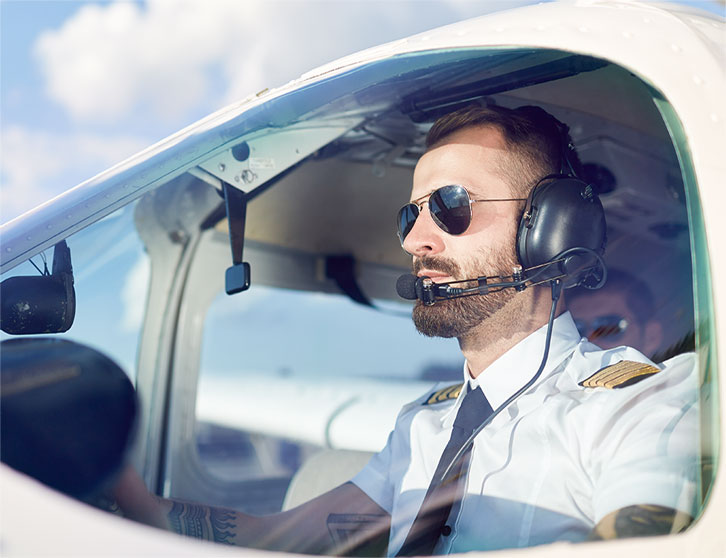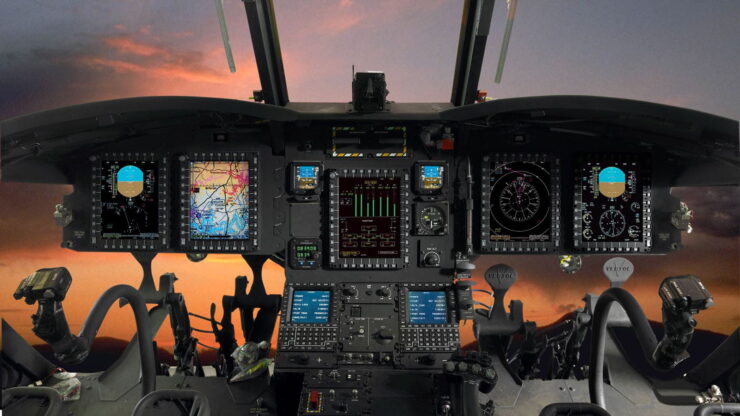Considering just how far aviation technology has evolved, it can be hard to believe that the original Wright Brothers’ flight was only around 120 years ago. Since then, electrical engineers have come up with a wide array of devices that have helped to improve flight dynamics dramatically. On top of this, another generation of equipment modules is on the horizon.
A New Generation of Test Equipment

Ground testing is among the most important points on a pre-flight checklist. Pilots must be certain that their planes are free from defects before they even think about strapping themselves in. Telemetry systems can now warn flight crews if there’s anything wrong with the engines before they even start the turbines spinning, which has helped to dramatically cut down on the number of propulsion-related issues that most passengers are likely ever to experience.
Newer types of specialized tools have also come on the market, which in turn has helped to revolutionize this market segment further. By using avionics flight line test sets, industry insiders have been able to streamline both troubleshooting and maintaining electronic systems attached to a plane. Everything from glass cockpit displays to digital readouts has to be working before a plane ever leaves the ground.
Ground crews can’t perform a full test if they don’t have all of their tools handy, which means that some flights could have gotten delayed in the past. Investing in one of these kits is often all a hangar manager must do to be absolutely certain that their crews’ checks will go off without a hitch.
Very High-Frequency Radio

Communications technology is another field that’s rapidly evolving. In the not-so-distant past, all fixed-wing aircraft had to come equipped with support for 360 individual channels to use when talking with both tower operators and other aircraft. Pilots were expected to self-announce when working with one of these channels and had to find all the various types of on-air resources by themselves. The lack of sophisticated avionics support in this space made it hard for those flying solo to stay in touch with other aviators.
Modern VHF transceiver equipment can tune some 720-760 channels. These use extremely robust amplitude modulation signals that resemble those used by standard AM broadcast stations. While it might be tempting to think of this as an example of a fairly old technology, its durability is unmatched. The amount of power needed to send out a usable AM signal is quite low, so avionics engineers focus more on changing channel assignments than the technology itself. Some are advocating a shift to 8.33 kHz separation assignments, creating over 2,200 channels for flight crews to use. This would also increase the amount of information each flight would generate.
Reducing the Environmental Impact of Flights

Mitigating aviation-related environmental problems starts with monitoring all of this incoming information. Data scientists can use points collected by avionics devices to better understand how many flights have to cross over a specific area. Sophisticated computer programs can then sort these points into a database that can help to create shorter flight maps and make more efficient use of natural wind currents, advanced electric motors, and other alternative propulsion equipment.
Jet stream patterns caused by the weather help reduce the amount of fuel necessary to get from one area to another. Better use of these air currents may help to slash the amount of kerosene that jet turbines consume in the near future. That’s good for travelers as well as the environment since this could eventually translate into substantially lower ticket prices over time. This is especially true of flights between two points with regularly occurring air currents going back and forth in the direction travelers are looking to go in.
Predicting the future is never a sure thing, but it’s obvious that avionics technicians are rapidly developing new equipment that’s going to revolutionize the flight industry. This should help to make airline travel safer and even faster in the coming years.

